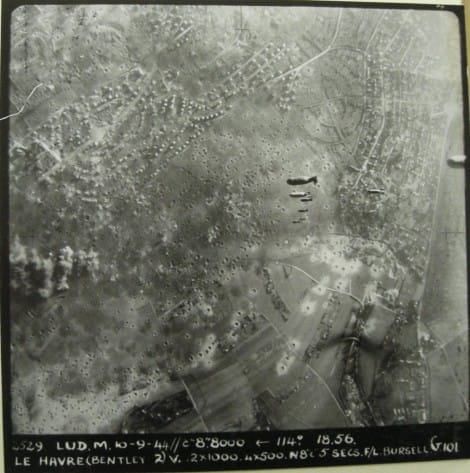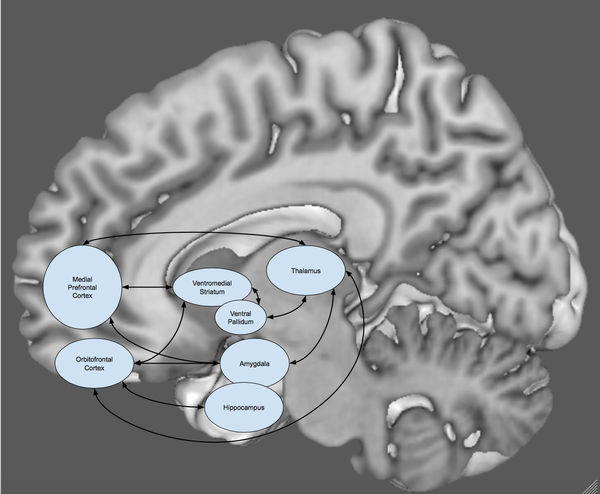Detective Inspector Dog – Mission: Malaria
Recent research from Durham University has identified a promising new method of malarial detection, that may assist or even replace current laboratory methods – sniffer dogs.

Dogs are often considered to be man’s best friend. This relationship has persisted for millennia, with our canine pals taking roles such as bomb detection agents, sheep herders, nannies and of course, companions. The role of dogs in global health includes the early detection of many human diseases, such as cancers and Parkinson’s disease. Researchers from Durham University have demonstrated that we may soon be able to use trained dogs to detect another globally important disease – malaria, which has important implications for the future treatment and survival of infected individuals.
People infected with malaria produce a distinct scent. The researchers set out to test whether dogs, with their incredibly sensitive noses, can smell this and therefore diagnose infected individuals. This study was undertaken on a sample of school children in The Gambia – an endemic region for malaria. The children gave blood samples for laboratory detection and provided socks they had worn overnight for scent detection by trained sniffer dogs. Compared to laboratory detection, which is considered 100% accurate, the dogs had 70% accuracy identifying individuals with the infection and 90% accuracy identifying those without.
For a preliminary, “proof of concept” study this level of accuracy is very exciting, particularly as the dogs were capable of identifying malaria much faster and more cost effectively than laboratory detection methods. However, the researchers note that more studies are required for us to better appreciate the extent to which sniffer dogs can be used for diagnosing this disease. Future work will involve expanding the sampling effort beyond The Gambia to other endemic regions. These studies will also include training the dogs to identify the multiple stages of malarial infection – each of which produces a different scent in the infected person. This is a factor that could have led to an underestimation of the dog’s accuracy in this study.
The researchers believe that with more training and more samples, the dogs could reach an accuracy equal to current laboratory methods. Laboratory detection requires blood collection and in-lab blood screening, using sniffer dogs is a faster and non-invasive method. The dogs were capable of detecting malaria rapidly, even at very low levels of infection. This is necessary for early detection and treatment which greatly improves survival odds and decreases transmission risk.
Malaria is indisputably one of the greatest killers of our time. Nearly half of today’s human population is at risk of infection, and of the hundreds of thousands of people that die from the disease each year, the majority are children under the age of five. However, our progress in the fight against the disease has recently suffered a setback, with the number of malarial infections and deaths on the rise for the first time in many years – potentially due to drug resistant strains. That said, the Durham study shows promise in the continued fight and may prove to be a critical tool in the elimination and eradication of malaria in all its remaining strongholds. Watch this space.








